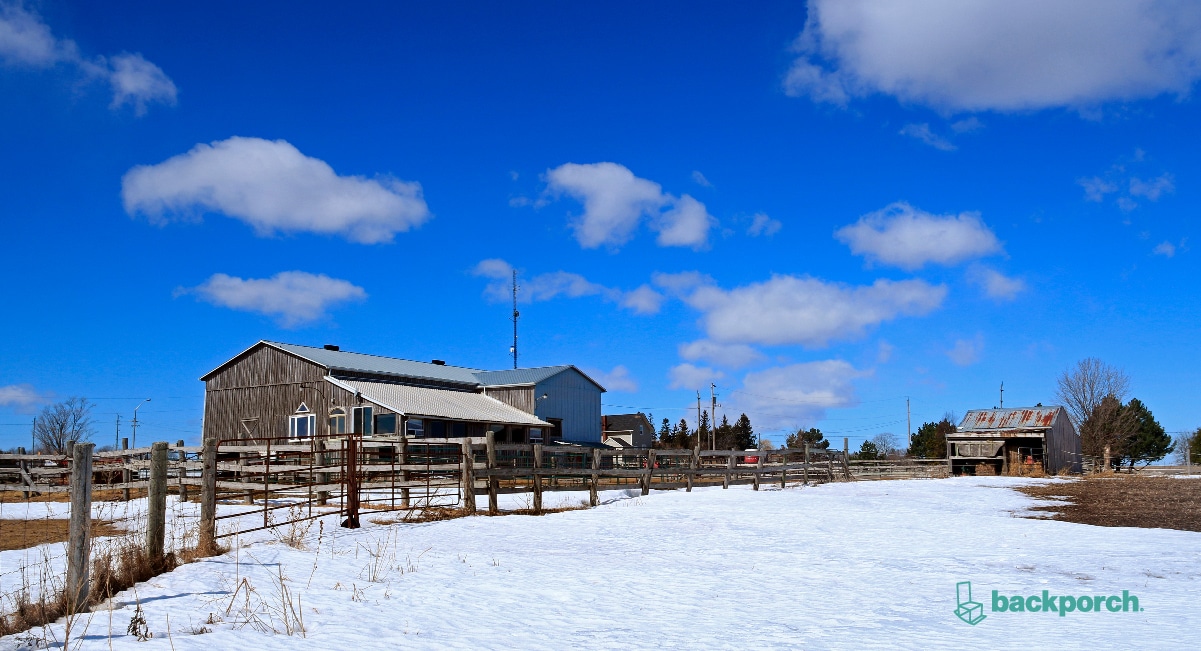After the worst winter storm to hit Texas in decades, many homeowners are scrambling to assess damage caused by unprecedented temperatures. We sincerely empathize with those who went without power and heat for days and who are now dealing with property damage from the storm. Here are some thoughts from our founder on what he learned over the past week and tips (above and beyond the normal list) on how to winterize your property.
I planned to head to the ranch for the President’s Day weekend, hoping to enjoy some much-needed downtime. While there is usually plenty to do or fix, with a winter storm approaching, I looked forward to relaxing inside by the fire. However, as the weekend neared, it became clear that the winter storm was going to be rough and that vision of relaxation quickly disappeared. The trip became all about prepping the ranch house and barn for the coldest Texas weather in a generation.
Our family had an existing shortlist of steps to winterize in the Property How-Tos section of our backporch® app. Our existing list, though, was for typical Texas cold snaps. With temps in the single digits approaching, we individually and separately began editing the list on the app to take harsher conditions into consideration.
Once at the property, I was able to quickly go through our updated list and complete everything, thanks to our prior organization. I only had three hours before I needed to head back home to beat the roads freezing over. With the app, I was able to knock things off the list quickly. We were so grateful to be able to prep our property before the worst of it and only had minimal damage, but realize some may not have been so lucky.
Items we added to our winterization list to account for the extreme winter weather:
- Top off anti-freeze in ATVs, tractors, and equipment
- Drain the primer bowl in water pumps
- If you are staying collect all the water you can prior to as your well or submersible pump may not have power
- Add windshield wiper cleaning fluid (which has freeze protections)
- Fill up gas tanks and gas cans, especially if you plan to run a generator.
- Make sure propane and diesel storage tanks are filled before the cold weather
- Replace old, worn out insulation with new insulation for in-ground spigot boxes
- Flush all toilets in the house with the water cut off so that the bowls won’t refill and freeze
Lessons learned:
- Protect pipes any way you can. Before leaving the ranch, I improvised protection for the input pipes on our rainwater collection tank by wrapping one pipe with insulation over the existing heater tape, and then used ratchet straps to secure a tarp to help keep the insulation dry. On the other input pipe, because I had no more insulation, I put a trouble light with an incandescent bulb for heat in a metal bucket and then wrapped the pipe and the bucket with a canvas tarp and secured that with ratchet straps.
- The output pipe of the rainwater tank was wrapped extensively with heater tape but even that was not enough to keep it from bursting in single-digit temps. I was glad I had shut off the in-tank pump or we would have lost all of our rainwater.
- Charge your lanterns and flashlights or put some fresh batteries in before the power goes out. Pro-tip: A soft white LED bulb in an actual lamp powered by a car battery connected to a 400W inverter beats a blue-tint LED camp lantern any day!
- You can cook or reheat anything with a dutch oven
- I need to do more homework for what inverter I can use paired with a 12V car battery to run my chest freezer (I was in danger of losing my venison!)
- Remember, your vehicle can act as a generator.
Caring for your property isn’t easy, especially when the weather is extreme and unexpected. Keep things organized and ensure you’re prepared for anything with backporch.
